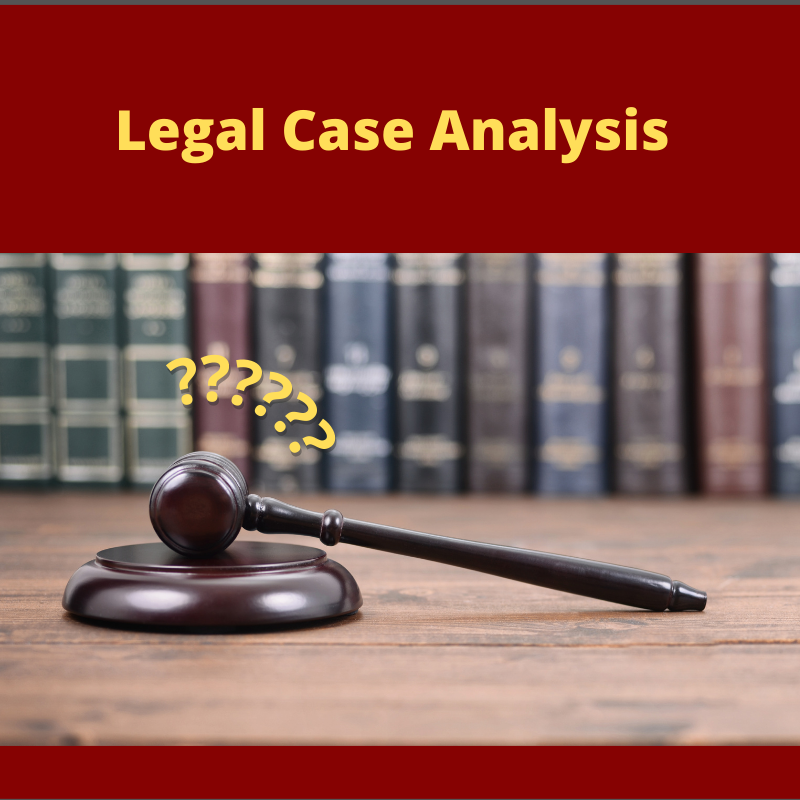Ok, so If I understand this process correctly, the judge evaluates the character of the defendant based on all available information and uses it to in essence to correct what the judge believes is an injustice, in that the jury erred in its finding.
So the judge overrides the jury’s decision. Is it a backdoor, unethical practice? I don’ t know. But I do believe the criminal history of the defendant should come into play, and I guess I’ll say, regardless of what the evidence swayed the jury to decide. Criminal History Trumps Evidence. I’ve always disagreed that past criminal history was not relevant and therefore not allowed during the trial.
Speaking of perceived injustices, when a surgeon repeatedly harms patients, to the point they are dismissed from their position within a healthcare organization, the butcher can go anywhere else to work. Their history is prohibited by law from following them. The next hospital across the state does not have access to the butcher’s botched surgery history. The Hippocratic Oath today is rendered useless.
—Brief of United States, United States v. Rahimi, No. 22-915 (U.S.)
One would think that this is simple, look up the criminal history, respect the rules, get the result. If any three people were to get the same report, they would end up with the same results.
—District of Columbia v. Heller, 467 U.S. 837, 2816–17 (2008)
To begin with, these are called “Guidelines”. This is to imply that they aren’t always followed. The more out of line with the guidelines the sentence is, the more likely the sentence will be overturned on appeal if it is too much. If it is too little, no victim has standing to challenge the sentence.
It is unclear what Sotomayer was speaking about when she described the question. We don’t know from her opinion on the denial of cert. what exactly was done.
There are three parties involved with the sentencing. The first party is the prosecutor, the second is the defendant, and the third is the judge. In a fair and just world, we would want the Judge to respect the law and the guidelines.
The problem is that the guidelines can be manipulated. This is done with modifiers, number of charges brought, and subjective evaluation, where available.
If the judge is looking at this person, that is bad. The judge knows it. The person has been before his bench for various violent crimes over the last few years. He is tired of him getting a slap on the wrist and out again.
There was a case I read about where the accused took a plea deal. The deal was for 5 years with probation. The accused had to allocute to his guilt, he said the words, he claimed it was just to get the deal. The Judge heard the allocution, decided that the plea was off the table, and sent him to prison for 19 years.
The dick wad that was diddling my friends kids was found guilty in a court of law and sentenced to the “special” prison where kiddy diddlers might actually live for a couple of weeks. The judge sentenced him on each count to the maximum, then set them to run serially, then entered into the record that he had other charges that had not been tried — yet.
If he is every given probation, those “other charges” will come up, and he will be put back on trial for the other counts. At this time, it looks like he is eligible for parole on his final sentence sometime in the late 2100s.
When we are talking about judicial discretion, this is what we are thinking about. The judge knew dick was a bad person that should never see freedom again. (The court was aware of some 4 other victims that had not brought charges)
When the PSR was created, the prosecution added the fact that they knew of other victims. They added that there were other charges pending. They added that he had spent two years evading a warrant for his arrest for bouncing checks. All of this factored into his final sentences.
In the case before the Supreme Court, the question was different. The accused was accused of only charged with two things. Armed robbery and murder. He was found not guilty of murder.
When the prosecutor brings the PSR to the judge does he mention the multiple charges for which the accused has not been found guilty? Or is he limited to just the charge he was found guilty of in the case?
Was this his first offense, or was he “Well known to law enforcement”? Was this the first time he had been found guilty of a crime? Is this the first time he didn’t plead out of more serious crimes? None of these questions were answered by the Order Listing.
To me, the fact that a 17-year-old boy is robbing pharmacies at gun point is a pretty good indicator that he is a bad person.
That is what he was found guilty of. Do you, or I think this was his first encounter with the law?
This is why the state is going over the sentencing guidelines. We want the bad ones off the street, yet at the same time we don’t want the one and done overly punished.
There is a balance in here. I don’t know where it is.
Bibliography
Brief of United States,
United States v. Rahimi, No. 22-915 (U.S.)
United States V. Castleman, 188 L. Ed. 2d 426 (2014)
Like this:
Like Loading...

